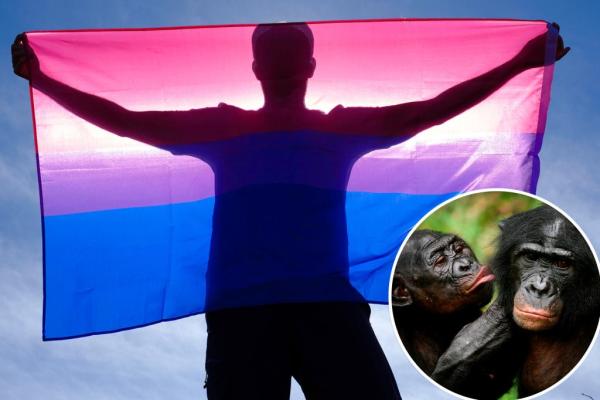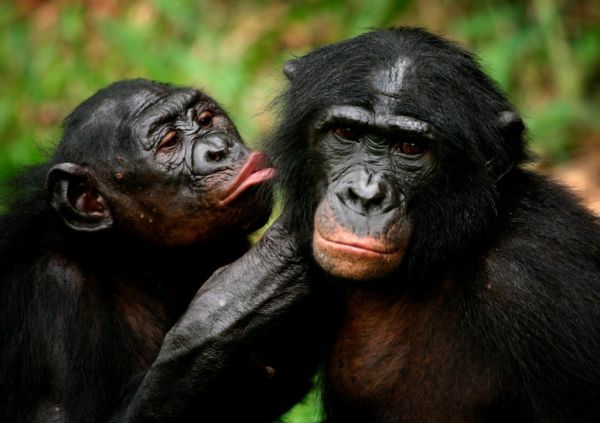
Which way does your sexuality swing?
The bisexual cohort — those who are sexually attracted to both men and women — is growing. A 2024 Gallup poll showed that 4.4% of American adults say they are bisexual, including 57.3% of those who already identify as LGBTQ+.
However, research has recently shown that bisexuality may be even more ubiquitous than we previously understood.
Dr. Jason Hodgson, an evolutionary geneticist at Anglia Ruskin University in Cambridge, spoke to Daily Mail about his studies on the human “bisexual range,” claiming that people are rarely wholly heterosexual or homosexual — instead falling somewhere on a spectrum of sexuality.
“I predict that most people should actually be bisexual,” Hodson said.
“The genes that influence same-sex sexual behavior are probably just genes that influence general sociality, and people in the middle of the range of variation are probably better at all social relationships.”
“Therefore people who would engage in same-sex sexual behavior in some situations are probably also better at forming heterosexual relationships.”
Hodgson uses a simple numeric formula to illustrate his point: Everyone is placed in a 0 to 1 range, with 0 denoting heterosexuality and 1 indicating pure homosexuality.
“So, if a person had one homosexual experience and 99 heterosexual experiences their value would be 1/100 or 0.01 — just slightly in the bisexual range.”
It should also be noted that a sexual “experience” may come in the form of a true physical encounter with another person, but could also cover those who experience arousal at the mere sight or thought of another. Ergo, a person would not need to engage in both heterosexual and homosexual acts in real life to qualify as bisexual.

“I suspect most people would be slightly in the bisexual range if given the right social circumstances,” Hodgson said, adding that engaging in bisexual experiences is not the same as identifying as bisexual.
The anthropologist said this rule holds true of most primates, explaining how bisexuality plays an important social role. In a 2016 study, Hodgson discovered that bonobos are one of the few animal species that engage in regular same-sex sexual interactions, often even more than with opposite-sex.
“Bonobos are bisexual, and this is thought to contribute to group cohesion,” Hodgson wrote in the paper, published in the Encyclopedia of Evolutionary Psychological Science. “Bisexuality may be the norm, as those individuals involved in homosexual sex often also take part in reproductive sex.”
Hodgson also noted that “many, many genes” work together to determine human sexuality, meaning that sexual orientation is to some degree a heritable trait.
“Genes that influence same-sex sexual behavior are common, and most everyone has them to a lesser or greater degree,” he said.